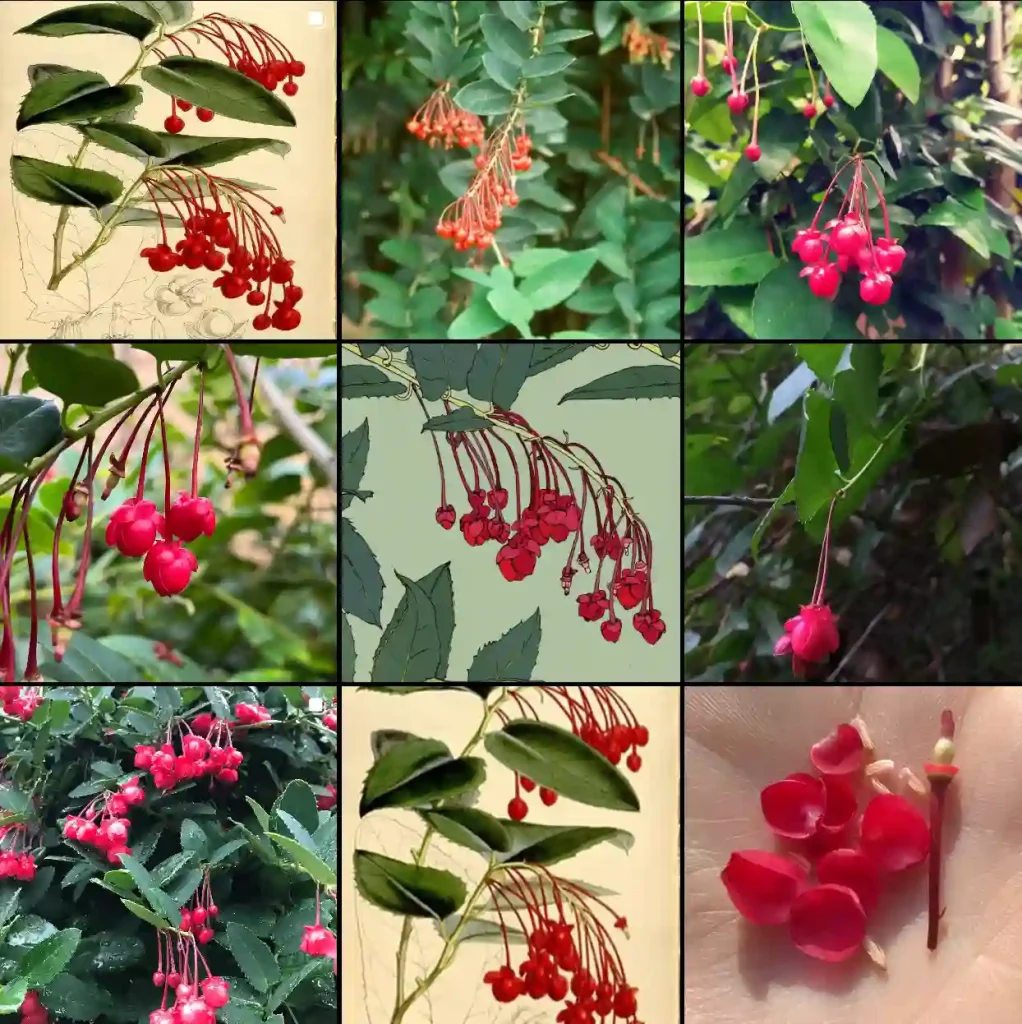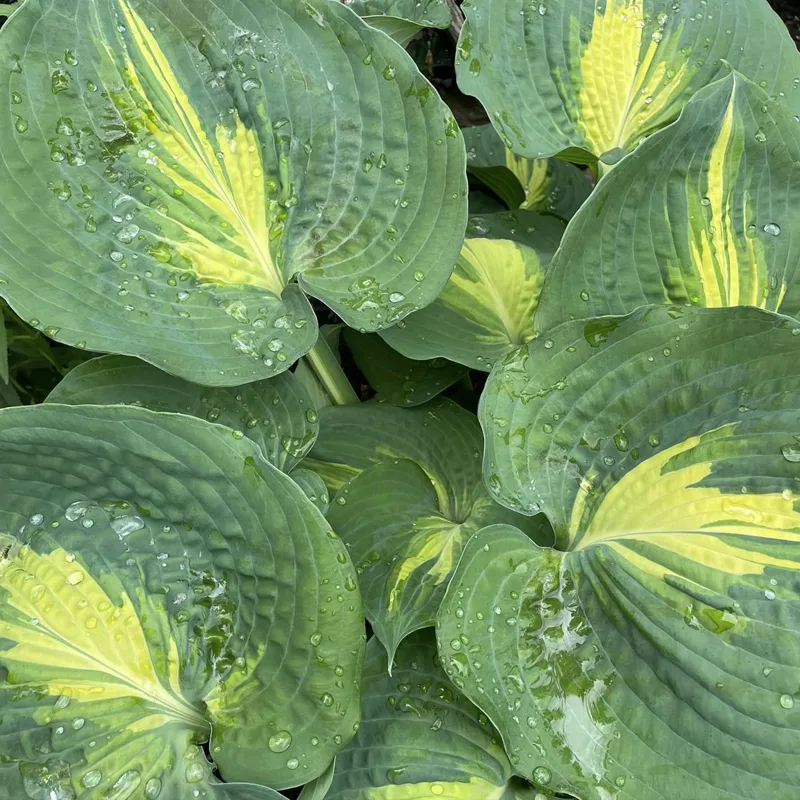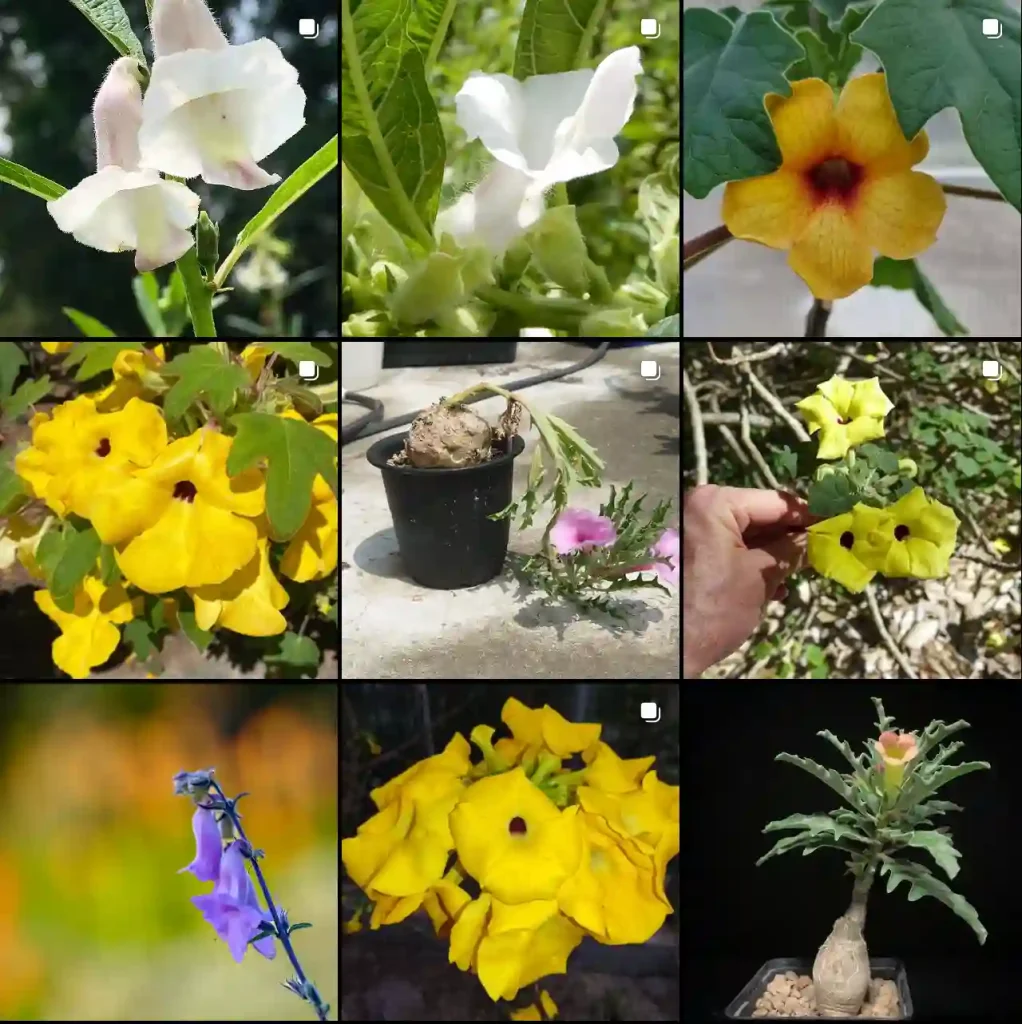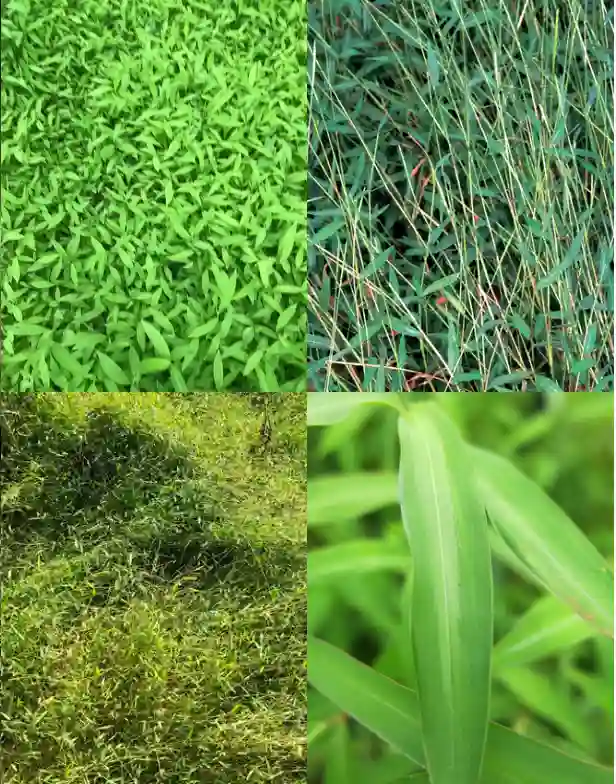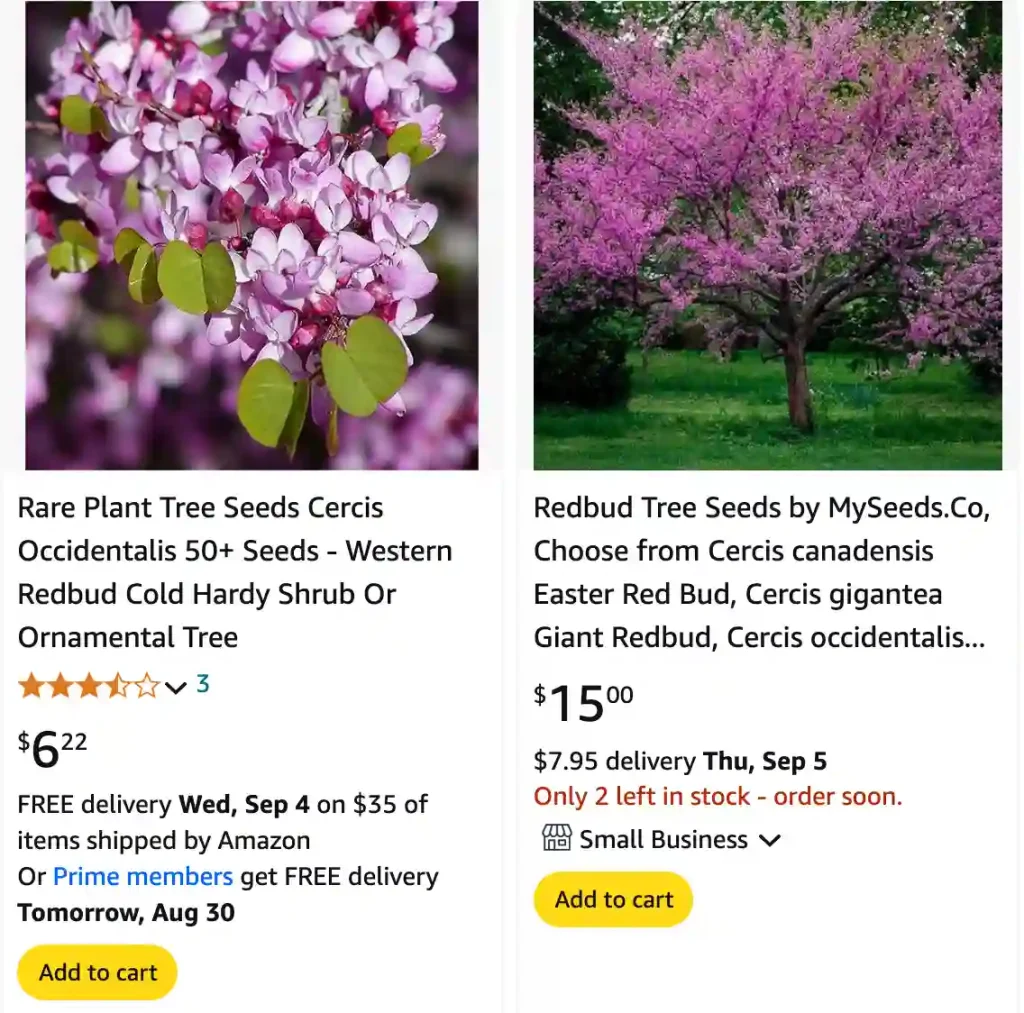
Frequently Asked Questions About Cercis Occidentalis
Cercis Occidentalis, commonly known as the Western Redbud, is a fascinating plant that I’ve come to appreciate in my gardening journey. This deciduous shrub or small tree is native to the western regions of North America and offers a vibrant display of pink or magenta flowers in spring. Over time, I’ve gathered a lot of information about this beautiful plant, and I’d like to share some of the frequently asked questions I’ve encountered.
10 Species in Genus Cercis
How Tall Do Cercis Occidentalis Grow?
One of the first questions I often hear about Cercis Occidentalis is about its size. How tall can it grow? In my experience, this plant typically reaches a height of 10 to 20 feet. It has a similar spread, making it an excellent choice for a small to medium-sized garden. Its growth rate is moderate, and it doesn’t become overwhelming like some other species. It’s a great option if you’re looking for a plant that provides a sense of structure without taking over the space.
Is Cercis Occidentalis Deer Resistant?
Living in an area where deer frequently roam, I’ve found it essential to choose plants that can withstand these visitors. Fortunately, Cercis Occidentalis is considered deer resistant. While no plant is entirely deer-proof, I’ve noticed that deer tend to leave this one alone. Its leaves, flowers, and seed pods don’t seem to be on their list of preferred snacks, making it a reliable choice for gardens in deer-populated areas.
Is Cercis Occidentalis Poisonous?
When planting anything in my garden, especially with pets and children around, safety is a priority. I’ve looked into whether Cercis Occidentalis is poisonous, and I’ve found that it is not known to be toxic. Both the flowers and seed pods are safe, which is a relief for anyone who enjoys the beauty of this plant up close. Of course, it’s always best to keep an eye on children and pets around any plant, but there’s no need for significant concern with this one.
Cercis Occidentalis vs. Cercis Canadensis
Comparing Cercis Occidentalis with Cercis Canadensis, also known as the Eastern Redbud, is common among gardeners. Both species are stunning, but they have distinct differences. From my observations, Cercis Occidentalis is better suited to drier, more arid environments, thriving in full sun and well-drained soil. On the other hand, Cercis Canadensis prefers more humid conditions and can tolerate some shade. The flowers of Cercis Occidentalis are typically more magenta, while Cercis Canadensis blooms can range from pink to purple.
Cercis Occidentalis vs. Cercis Siliquastrum
Another common comparison is between Cercis Occidentalis and Cercis Siliquastrum, the Judas Tree. Having had the opportunity to observe both, I’ve noticed that Cercis Siliquastrum originates from the Mediterranean and is more drought-tolerant. Its flowers are a bit more lavender compared to the bright magenta of Cercis Occidentalis. Both are beautiful, but Cercis Siliquastrum might be a better choice for regions with hotter, drier climates.
How to Care for Cercis Occidentalis?
Caring for Cercis Occidentalis has been relatively straightforward in my experience. This plant thrives in full sun to partial shade and prefers well-drained soil. It’s quite drought-tolerant once established, which makes it a low-maintenance choice for water-conscious gardeners. Regular watering is essential during its first few years, but after that, it can handle dry spells quite well. Pruning is minimal, mainly to shape the plant or remove any dead or damaged branches.
How to Propagate Cercis Occidentalis?
I’ve found propagating Cercis Occidentalis to be a rewarding process. The most common method is by seed. Collect the seed pods once they have dried on the tree, usually in late summer or fall. Soak the seeds in water for 24 hours and then plant them in well-drained soil. Stratification, or a cold period, can improve germination rates, so placing the seeds in the refrigerator for a few weeks before planting can be beneficial. Softwood cuttings in early summer are another option, though I’ve had more success with seeds.
What to Plant with Cercis Occidentalis?
Companion planting is a fantastic way to enhance the beauty of Cercis Occidentalis. In my garden, I’ve paired it with plants that complement its vibrant flowers and foliage. Native grasses, such as Muhlenbergia, provide a lovely contrast with their fine texture. Perennials like Salvia and Penstemon add color and attract pollinators. I’ve also found that using ground covers like Manzanita helps retain soil moisture and provides a neat, cohesive look.
Can You Grow Cercis Occidentalis Indoors?
Growing Cercis Occidentalis indoors is challenging. This plant prefers outdoor conditions with plenty of sunlight and space to grow. If you’re determined to try it indoors, make sure to provide a large container, lots of sunlight, and a way to manage its size. However, it’s truly best suited for garden or landscape settings.
Benefits of Growing Cercis Occidentalis
I’ve found several benefits to growing Cercis Occidentalis. Its vibrant flowers provide early spring color, attracting pollinators like bees and butterflies. Its drought tolerance makes it an eco-friendly choice, reducing the need for frequent watering. Additionally, its ability to grow in various soil types makes it a versatile addition to many garden styles.
Common Problems with Cercis Occidentalis
While Cercis Occidentalis is relatively low-maintenance, it’s not without issues. Pests like caterpillars and aphids can occasionally be a problem, but they’re usually manageable. The plant can also suffer from root rot if the soil is too wet, so proper drainage is essential. I’ve also noticed that leaf spot diseases can occur, particularly in humid conditions, but these can often be controlled with good air circulation and proper spacing.
In conclusion, Cercis Occidentalis is a stunning and versatile plant that can add beauty and ecological value to many gardens. Whether you’re concerned about deer resistance, interested in propagation, or comparing it with other Cercis species, I hope this guide provides helpful insights into growing and enjoying this remarkable plant.
If i die, water my plants!
